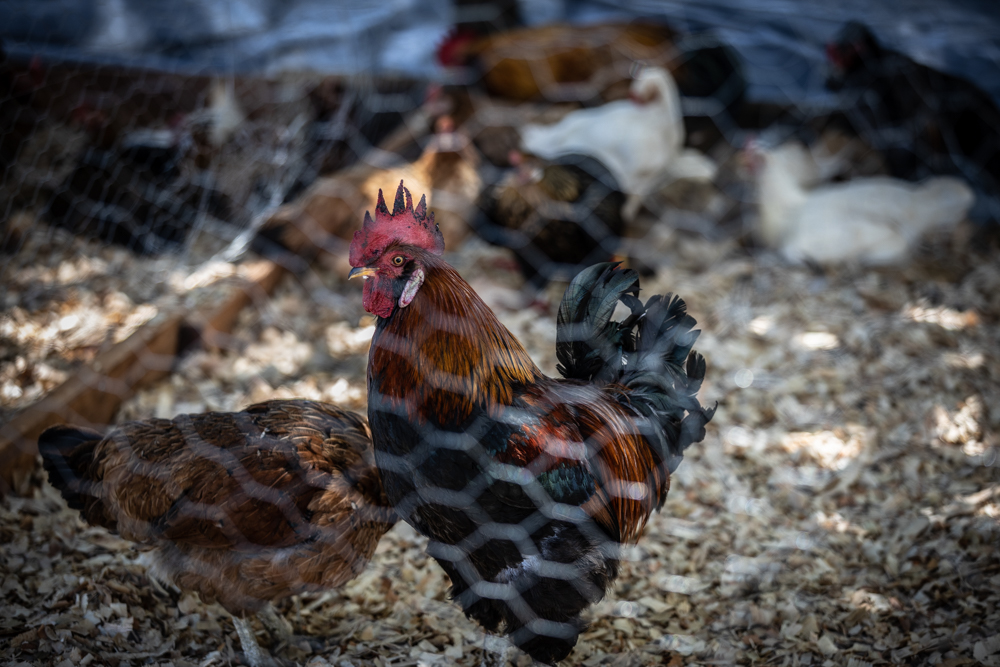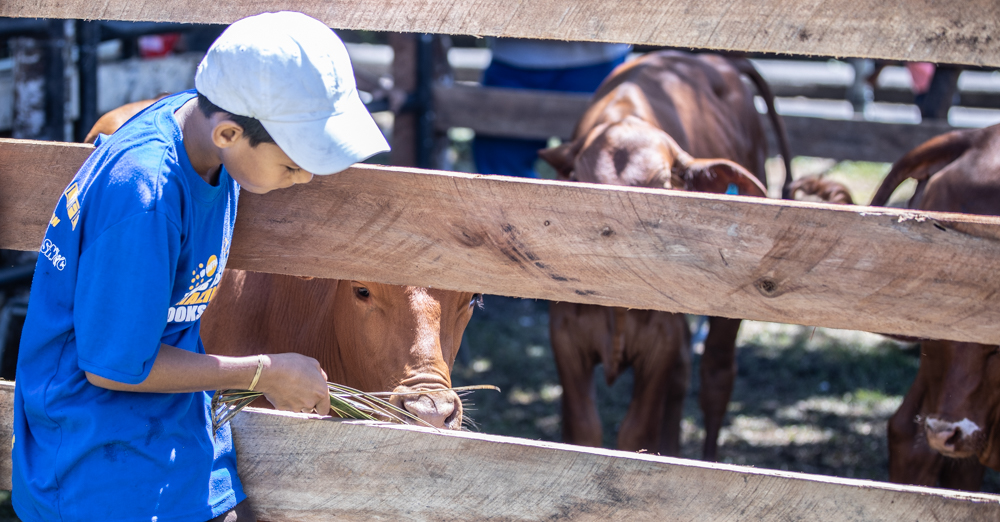Samoa develops new sheep breed
 By Adel Fruean
•
03 October 2019, 9:00PM
By Adel Fruean
•
03 October 2019, 9:00PM
Samoa has developed a new breed of sheep called “Mamoe Samoa” from cross-breeding a black head dorper sheep from Australia and a Fiji fantastic sheep.
This was confirmed by Donna Aiulu, Principal research and development officer of the Livestock Division under the Ministry of Agriculture and Fisheries (M.A.F.).

She was attending the Agriculture and Fisheries Show at Malaefatu Sogi showcasing products and services that their division offers.
“We have been successful with cross-breeding sheep to have what we call the Mamoe Samoa; we called it the Samoan sheep because it is the first in the world,” she said.
Her division hopes to produce more "Mamoe Samoa" breeds to distribute to all local farmers in Samoa in the next five years.

“At the moment we have not registered it as our own because research is still ongoing.
“With the sheep, we have two main breeds of sheep such as black head dorper from Australia and the Fiji fantastic.”

She said that their livestock division or namely the animal production health division of M.A.F. are mainly responsible for research and development in prolific breeds of animals such as cattle, sheep, chickens and pigs for distributions to our farmers.
“We mainly deal with pure breeds that we usually sell to the farmers to cross-breed with their local breeds that they have.
“The livestock on display include: pure pig breeds from New Zealand which is the large white, landrace, and duroc, and their babies are usually available for sale when they are eight weeks old sold for a $150.

“The main objective of our piggery is just to roll out babies for distribution and maintain the breeding programme which is quite similar to the chicken, sheep, and cattle.”
Ms. Aiulu said that they have many chicken breeds which are very popular with local farmers because they are much larger and have more meat.
“The main obstacle faced by our livestock is the feeds for our animals. An example is the feeds for our piggery, the cost is very expensive and it is usually 60-80 percent of expenses for running a piggery go to the purchase of feeds.
“It is very significant for pig breeds to have the correct feed which is the imported such as the creep feed and it is very expensive and not locally available and made.

“Our pig breeds are prolific, we need to respond to their needs but we did try and use local feeds last year but it was unsuccessful because the number of piglets that they produced decreased.”
The cells could not respond to the local feeds that we made so we had no choice but to go back to the imported feeds, she said.
She added that numbers of households in Samoa raising livestock has increased according to the Samoa Agricultural Survey 2015.
The survey stated that in October 2015, a total number of 19,208 households in Samoa were raising livestock of any type, 68 per cent of all households in the country.
“Between 2009 and 2015, there was a 20 percent increase in the number of households keeping livestock,” said a statement from the survey.
“This reflects the growing interest of people in investing in livestock, the importance of livestock in providing for customary obligations, and the effectiveness of M.A.F. services to the community.
“In Savaii, 94 percent of households were raising livestock in 2015.”
 By Adel Fruean
•
03 October 2019, 9:00PM
By Adel Fruean
•
03 October 2019, 9:00PM











